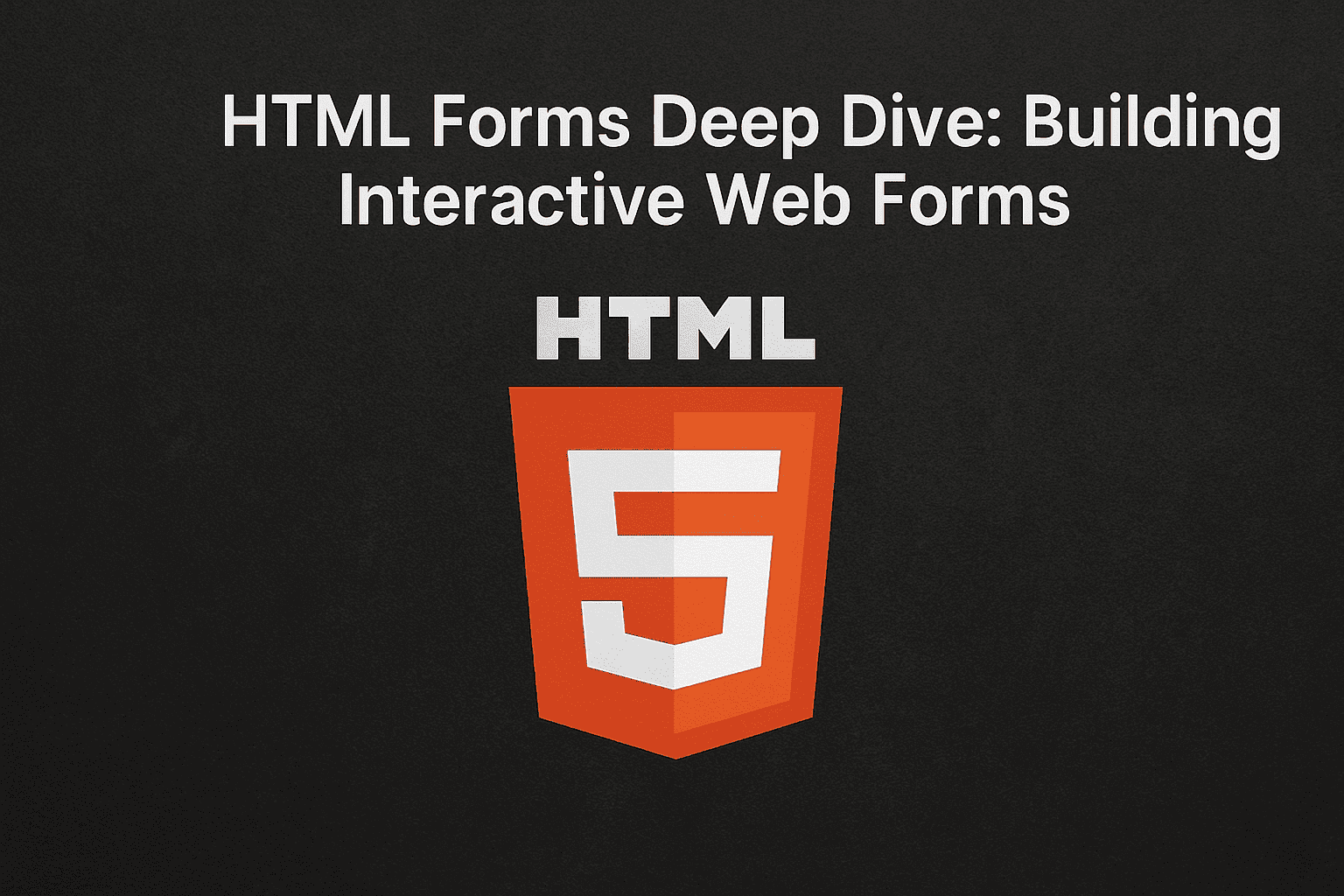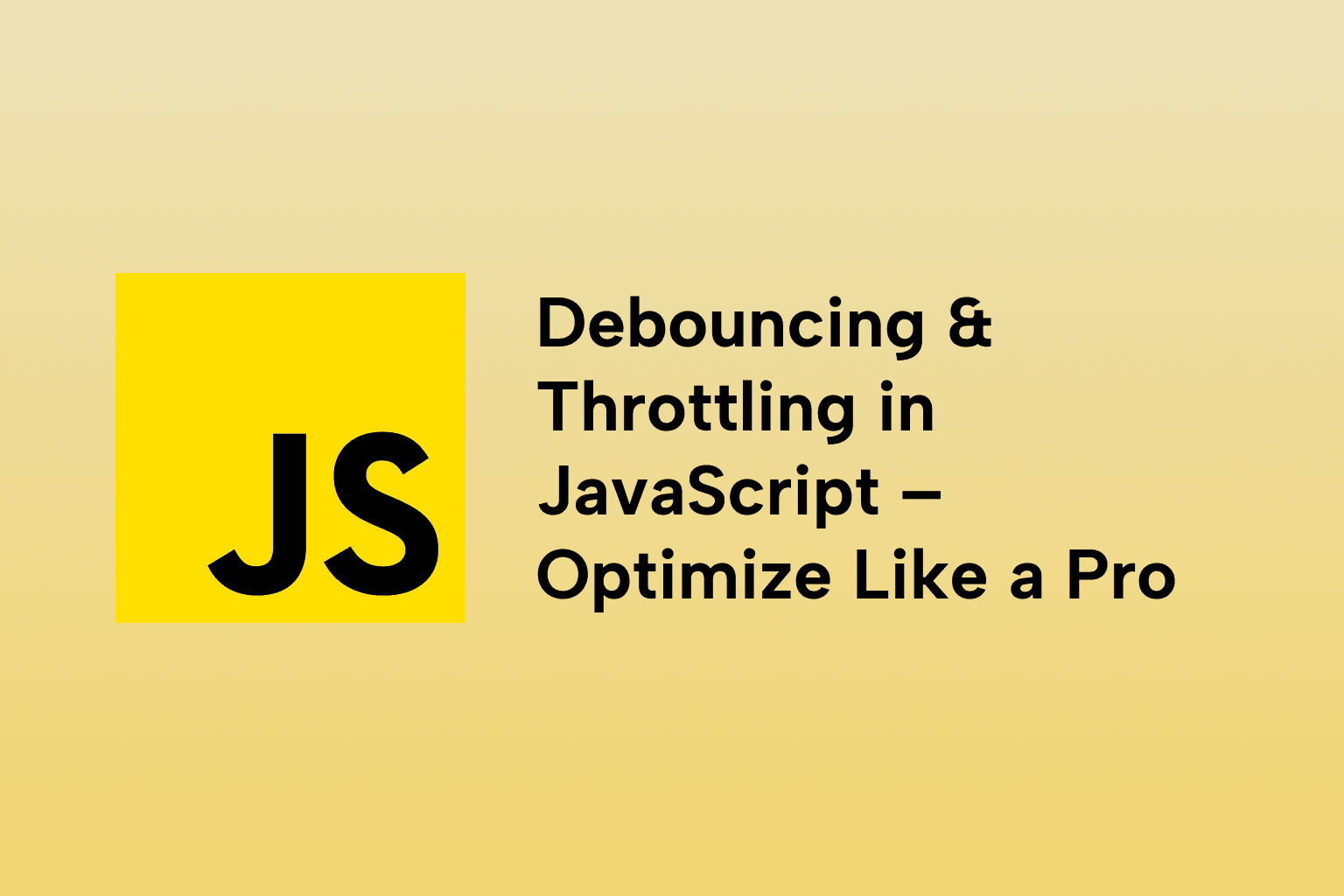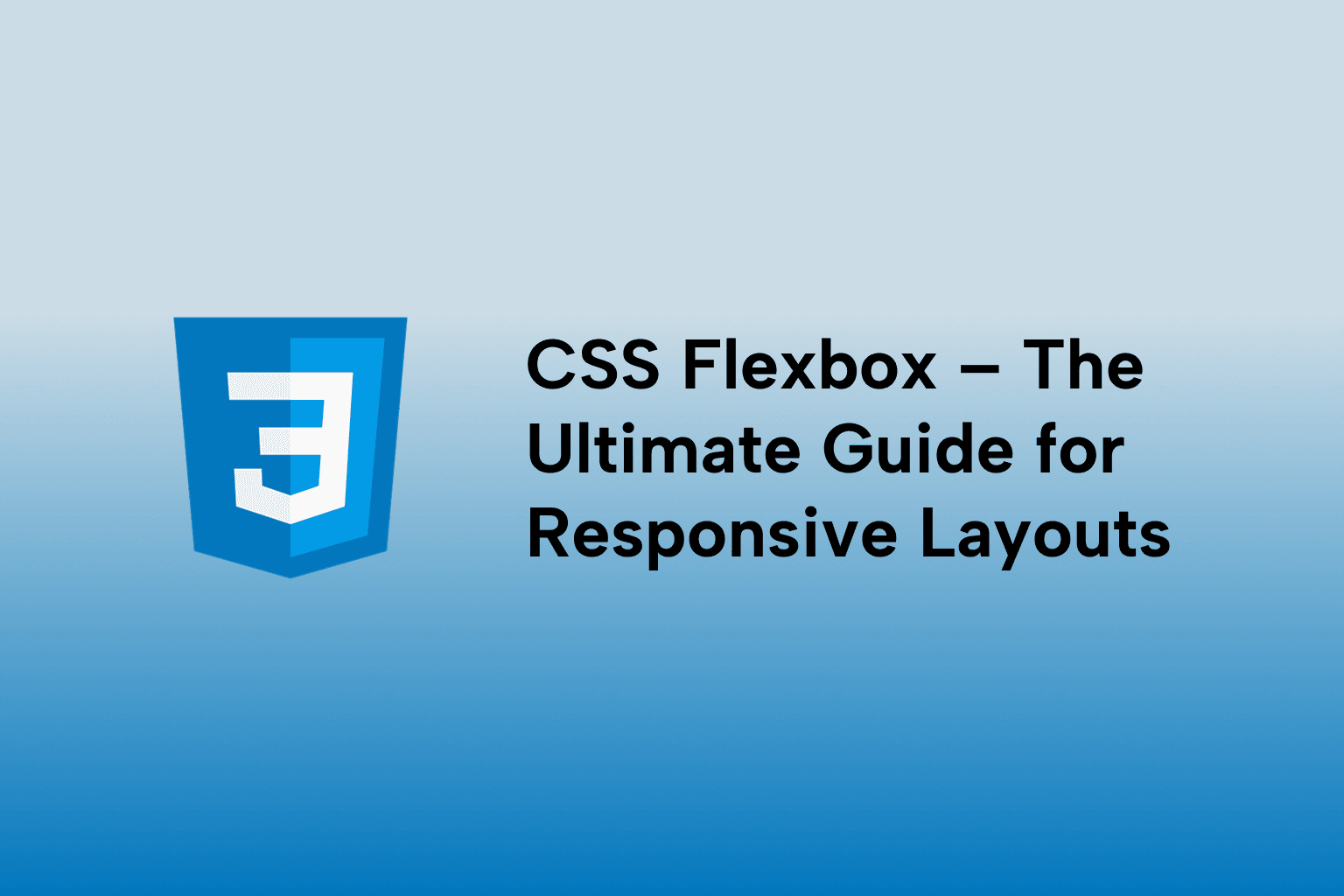HTML Forms Deep Dive: Building Interactive Web Forms
 Mark Haverbeke
Mark Haverbeke
TABLE OF CONTENTS
HTML Forms Deep Dive: Building Interactive Web Forms
Introduction
1 . Structure of a Form
2 . Input Types: text, email, number, radio, checkbox, date, file
3 . Using name, value, required, pattern, and Other Attributes
4 . Grouping with fieldset and legend tag
5 . Styling Forms with CSS
6 . Validations: HTML5 vs JavaScript
7 . Accessibility and Usability Tips
Conclusion
HTML Forms Deep Dive: Building Interactive Web Forms
Introduction
Forms are the backbone of user interaction on the web — from contact forms and login pages to surveys and file uploads. Mastering HTML forms means understanding not only how they work but also how to build accessible, user-friendly interfaces that work across all devices. Let’s dive deep into the essential components of HTML forms in 2025.
1 . Structure of a Form
<form>
├── <label>
├── <input>
├── <label>
├── <textarea>
├── <label>
├── <select>
│ ├── <option>
│ └── <option>
└── <button>
An HTML form is created using the <form> tag and includes various input elements:
<form action="/submit" method="POST">
<label for="name">Name:</label>
<input type="text" id="name" name="user_name" />
<label for="message">Message: hello from Interviewbuzz</label>
<textarea id="message" name="user_message"></textarea>
<label for="country">Country:</label>
<select id="country" name="user_country">
<option value="us">United States</option>
<option value="ca">Canada</option>
</select>
<button type="submit">Submit</button>
</form>
2 . Input Types: text, email, number, radio, checkbox, date, file
HTML5 introduced a variety of input types to improve form semantics and validation.
<input type="text" />
<input type="email" required />
<input type="number" min="0" max="100" />
<input type="radio" name="gender" value="male" />
<input type="checkbox" name="subscribe" />
<input type="date" />
<input type="file" />
These types help browsers present appropriate UI controls and validation rules.
3 . Using name, value, required, pattern, and Other Attributes
- name: Identifies form data on submission.
- value: Default value of input.
- required: Prevents submission without input.
- pattern: Regex for client-side validation.
- placeholder: Hint text inside the field.
Example:
<input type="text" name="username" required pattern="[A-Za-z]{3,}" placeholder="Enter your name" />
4 . Grouping with fieldset and legend tag
<fieldset> and <legend>
Use fieldset to group related inputs and
<fieldset>
<legend>Personal Info</legend>
<label for="email">Email:</label>
<input type="email" id="email" name="email" />
</fieldset>
This improves accessibility and visual structure.
5 . Styling Forms with CSS
Forms can be styled using CSS like any other elements.
form {
max-width: 600px;
margin: auto;
}
input,
textarea,
select {
display: block;
width: 100%;
margin-bottom: 1rem;
padding: 0.5rem;
font-size: 1rem;
}
Use consistent spacing, readable fonts, and focus states for better UX.
6 . Validations: HTML5 vs JavaScript
HTML5:
Use attributes like required, pattern, min, max, and type for built-in validation.
JavaScript: Use JS to implement custom logic, like checking if two passwords match.
form.addEventListener("submit", function (e) {
if (password1.value !== password2.value) {
alert("Passwords do not match!");
e.preventDefault();
}
});
Use both for layered validation.
7 . Accessibility and Usability Tips
- Always use
<label for="id">to link labels to inputs. - Use
aria-*attributes if needed. - Group related inputs logically.
- Avoid relying only on color to indicate errors.
- Make sure forms are navigable with the keyboard.
Conclusion
HTML forms are more powerful and flexible than ever. With the right structure, semantic markup, validations, and accessibility considerations, you can build interactive forms that serve users effectively and comply with modern web standards.

Mark Haverbeke
Senior Frontend Engineer
Mark is a passionate software developer and author with expertise in JavaScript and Python. He enjoys simplifying complex programming concepts and sharing practical coding tips.



